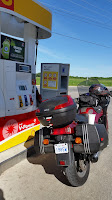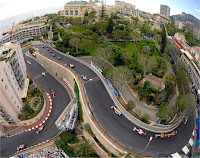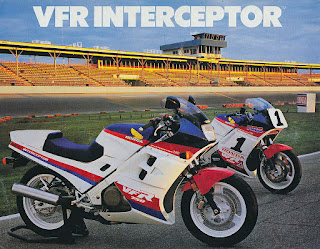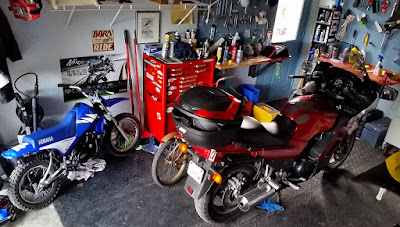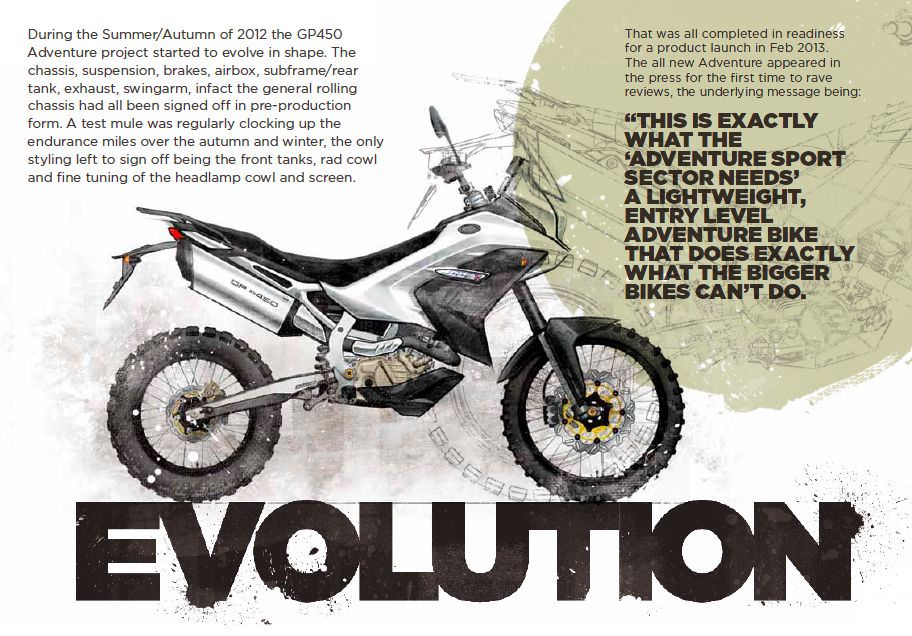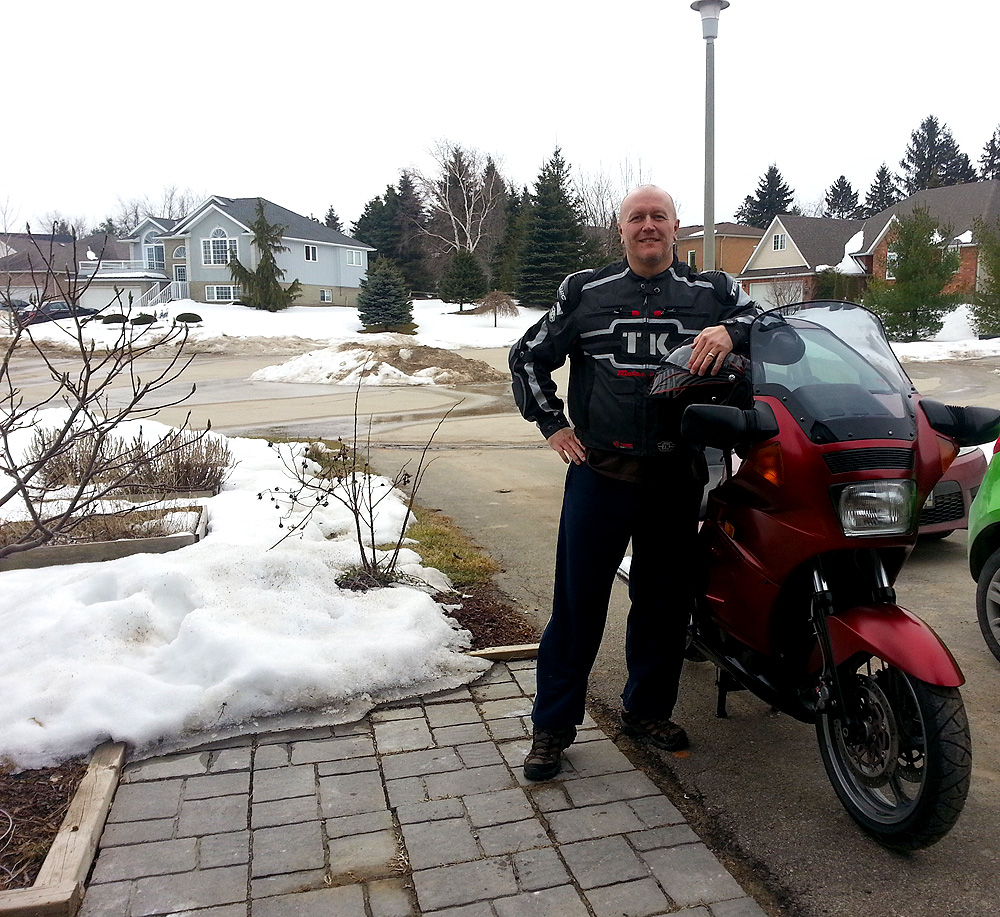You know you’re cutting it close when you’re on your first two wheel road trip of the year and you ride into flurries. Sunday was supposed to be fantastic, high teens Celsius and sunny, but we headed out on Saturday morning and found ourselves riding into a whiteout.
 |
A bandit hat and some chemical hand warmers from
Shelburne Home Hardware saved the day! |
We’d pulled into Shelburne after forty minutes on the bike frozen stiff. Staggering in to Tim Hortons we both sat down and waited for our fingers to work so we could take off our helmets. Half an hour later, after warming ourselves up on tea and grilled cheese, we crossed the road to the Home Hardware and got the last balaclava and some chemical hand warmers. We hit the road and rode right into that whiteout, but at least we had warm hands.
As the snow swirled Max tucked in behind me and I tucked in behind the windshield. The wind had been strong all morning but now with snow it was out to get us. If accumulation began I was going to pull over, but as quickly as it appeared it blew off again, leaving us with frozen steel skies. Ah, the joys of riding in Canada.
The plan was to head from the flat and boring grid of roads around us to where the pavement gets interesting. The Niagara Escarpment is about forty five minutes away, so the plan was to get onto it in Horning’s Mills and then wind our way up to Collingwood on Georgian Bay where we had a room booked at the Georgian Manor.
Riding through the valley meant being out of the biting wind, but cutting back across the escarpment put us up on a ridge where the wind blasted us sideways. It was with relief that we wound down next to Noisy River and into Creemore where we had poutine for lunch at The Old Mill House Pub right across the street from the Creemore Brewery.
 |
| Connie making Bavarian friends in Creemore. KMW! |
By the time we came out after lunch the sun had appeared and the temperature was up to a much more bearable eight degrees (we’re Canadian, 8°C is bearable). We dropped in to the brewery (they do tours!) and wandered up the main street before getting back on the bike and heading north again.
This was our first trip on my new machine. I’d sold the dependable, newer/first bike Ninja and purchased a 1994 Kawasaki Concours I’d found in a field. Over the winter I’d taken it apart and put it back together again. It had just passed safety the week before our trip. Riding to Collingwood was my first chance to really get to know this much bigger but surprisingly athletic bike. That it could manage the two of us with panniers and topbox full with no problems only underlined the fact that this bike is the best eight hundred bucks I’ve ever spent.
We continued to weave across the escarpment finally cresting Blue Mountain and rolling down into Collingwood at about 4pm. The Georgian Manor Resort is one of those places that looked like it was really popular in the 1980s. It has a past its prime kind of ex-Hollywood starlet feel to it. What I do know is that Max and I had the pool and hot tub to ourselves, and boy did we need it.
We’d bagged the room for a hundred bucks for the night and used the heck out of it. After a swim and a lay down we went for take out and then came back and had a picnic on the big bed. We went for a late swim and then passed out early. Our Sunday ride was beckoning and now that we’d warmed ourselves up and eaten some hot food we were ready for a good sleep.

The next morning we bailed on the free continental breakfast at the Manor after a friend facebooked saying they might hard sell us on a time-share. That never happened (they were fantastic at the desk getting us in early and getting us out quickly on Sunday) but then we were on the road by 8am on Sunday morning. We headed over to the Sunset Grill on Blue Mountain and had a fantastic and surprisingly affordable hot breakfast.

Astonishingly the runs were still open and skiers were squeezing a last day out of a long, cold winter. Max and I stood there with our helmets and biking jackets watching people ski on the very wet snow.
After the resort we headed up and over the (Ontario sized) Blue Mountain…



The roads were empty and bone dry. It was already warmer at 10am than it had been the day before. The Concours was running like a Swiss watch and we were warm and loose in the saddle. The back side of Blue Mountain is covered in apple orchards which led us to Thornbury, the home of one of the best cideries in Ontario. We passed the cidery and stopped to check out the fish ladder and mill before having a long, slow coffee at Ashanti.
Ever noticed how everyone wants to stop and have a chat when you’re on a motorbike? I’d already had an unrealistic amount of support from the clerk at Shelburne Home Hardware, the waitress in Creemore and the hotel concierge in Collingwood. People seem to respond to your vulnerability by wanting to connect with you. While sitting at the coffee shop a local photographer who was leading a group on a photographic tour of the town stopped to talk bikes (he didn’t have his out yet). Another fellow told me about his 86 year old uncle who still rides his BMW everywhere. A number of people assumed my big Kawi was a BMW on this trip. I’m not sure if that’s a bad thing or not.
After our coffee break we rode down to the still frozen harbour in Thornbury and spent a few minutes watching the fisherman fish and the boat owners doing maintenance, all while ice broke off from the shore and floated out into the bay.

We then saddled up and took a winding, scenic ride down through Beaver Valley to Flesherton. After another stop to stretch we jumped on the Connie and thundered south across the never ending farm fields toward home.
The Concours was flawless. It fired up immediately and ran perfectly. I’m astonished at how well it handles when I’m out on it alone, but even more astonishing is how well it handles with full panniers and top box and my son on the back. The suspension is light years beyond the hard ride of the Ninja, and the big motor swallows miles with ease. Sometimes, if you get off the gas suddenly you can get a bit of a belch out of the motor. Not a backfire, but a nice pop out of the exhaust. The bike toodles along around 3500rpm at 100km/hr and leaps down the road if you twist the throttle.
Heading out this early in the season meant we got home and there wasn’t a single bug splat anywhere. That won’t be the case on future trips. Canada goes from snow season to bug season pretty quickly, but in between we stole a weekend and got to know and love the new bike.
I’m back after a day and a half marathon around Georgian Bay. Just over 900kms including 50 on a ferry, and I’m beat!


